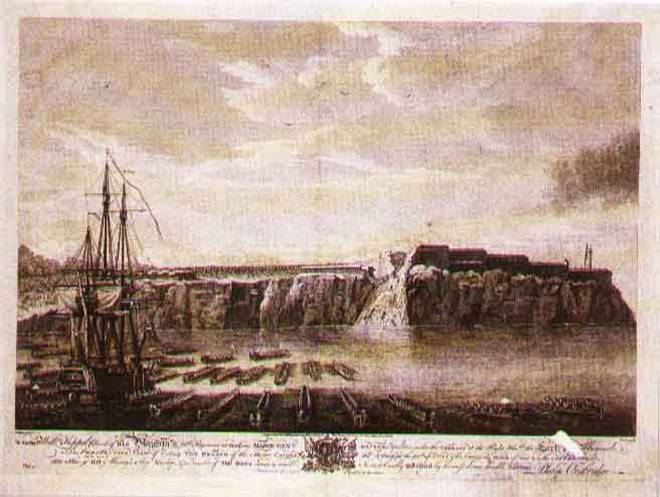6.1 Historical Overview of the 18th Century Period.

In Cuba, there was a notable increase in sugar and tobacco production in the 18th century. The factories and sugar mills that were created were located near urban centers. The Royal Commercial Company of Havana was established in 1740, which controlled and managed the tobacco and sugar industry.
In the mid-20th century, Havana had become the city and the first port in the New World, with an active port and commercial life. In 1728, the Royal and Pontifical University of San Gerónimo de La Habana was founded (Ave. Universidad e/ G y Ronda, Vedado, Havana) and the College of San José, which, together with the convents of Belén (Calle Compostela between Luz and Acosta, Old Havana, Havana) and San Francisco (Oficios e/ Amargura and Churruca, Old Havana, Havana), provide teaching in the capital, and the Seminary of San Basilio el Magno in Santiago de Cuba (Block 1058. The main facade is on Heredia Street. The rear facade borders Bartolomé Masó Street, the Chess Academy to the east, and Mariano Corona Street to the west. Santiago de Cuba).
In the 18th century, the English organized a large armada with the aim of taking Havana, as a result of Spain’s decision to side with France. On August 12, 1762, the city’s capitulation was signed, and the following day, British troops triumphantly entered. This English occupation lasted eleven months. On July 6, 1763, Lieutenant General Ambrosio de Funes y Villalpando, Count of Ricla, took possession of the government of Cuba in the name of the King of Spain.
In terms of the economy, the administration was reorganized with the creation of the Royal General Intendancy of the Army and Finance; the abolition of the privileges of the Royal Company of Havana and the permission of free trade with foreigners; the promulgation by the Crown of the new tariff law; the liquidation of the Cádiz monopoly with the opening of other Spanish ports to trade on the island; the implementation of urban development plans; and the readjustment of the entire tax system with the aim of covering the island’s administrative expenses in the short term.
Also in the 18th century in Cuba, the first population census was carried out in 1774 and societies were created by the Creoles such as the Economic Society of Friends of the Country.








